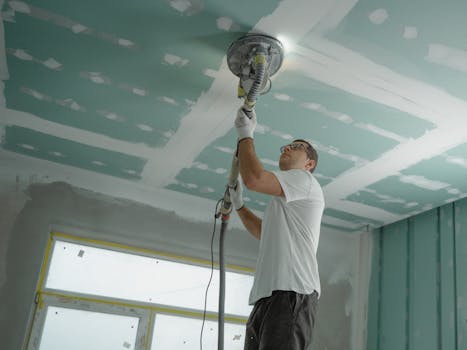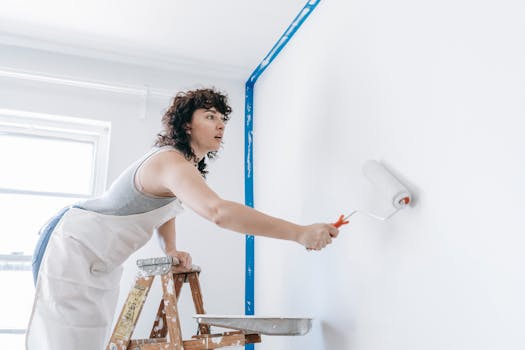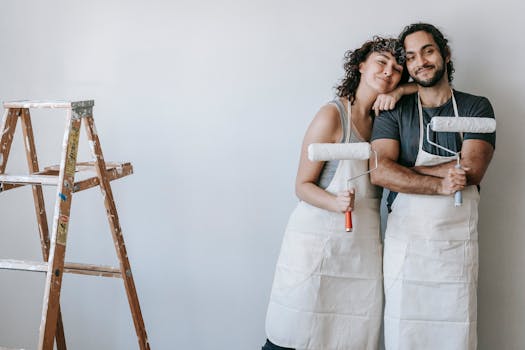
In any home improvement project, painting is one of the most common upgrades that can give a dramatic, refreshing change to any room. It’s a cost-effective way to personalize any space and express your style. However, painting can be frustrating and time-consuming when done incorrectly, leading to poor results. Hence, here are some painting techniques that can help you master your painting game:1. Prep the SurfacePrepping your walls before painting is an essential step to ensure a smooth finish. Start by cleaning the walls, removing any debris, dirt, or grease. You can use a damp sponge or cloth to wipe off the dirt and allow the walls to dry overnight. Also, repair any cracks or holes before painting to prevent them from showing up.2. Prime the WallsApplying a primer before painting provides an excellent foundation for the paint, allowing it to stick and last longer. The primer evens out the surface and covers any existing blemishes. It also enables the paint to adhere evenly on the wall.

3. Use the Right Painting ToolsUsing the right tools can make a massive difference in the quality of your painting. High-quality brushes, rollers, and paint sprayers can make the process faster and ensure that the paint applies evenly. Ensure that you use rollers and brushes that are appropriate for the paint you’re using.4. Work from Top to BottomPainting from top to bottom can prevent paint drips on an already painted surface. Start with the ceilings before moving to the walls, doors, and finally, the baseboards.5. Use Multiple Coat LayersUsing multiple layers of paint can prevent streaks and ensure that the colour is even. Wait for the first coat to dry before starting on the second coating. You may need to apply a third coat if the paint doesn’t cover the old paint completely.

6. Control the Paint OdourPaint odour can be overwhelming, especially when you’re working indoors. You can control the odour by using low-VOC or no-VOC paint, opening windows, and turning on fans. Also, wear a respirator mask to avoid inhaling the fumes and maintain good air circulation.7. Be PatientPainting requires patience, especially when you’re waiting for the paint to dry. Rushing the process can result in smudging, drips, and other mistakes. Allow at least 24 hours for the paint to dry fully before moving furniture back into the room.In conclusion, painting can be a fun and satisfying project. However, it requires proper techniques to ensure a professional-looking finish. By prepping the surface, using the right tools, working from top to bottom, applying multiple layers, controlling the odor, and being patient, you can take your painting skills to the next level. Happy Painting!
 see all posts!
see all posts!







